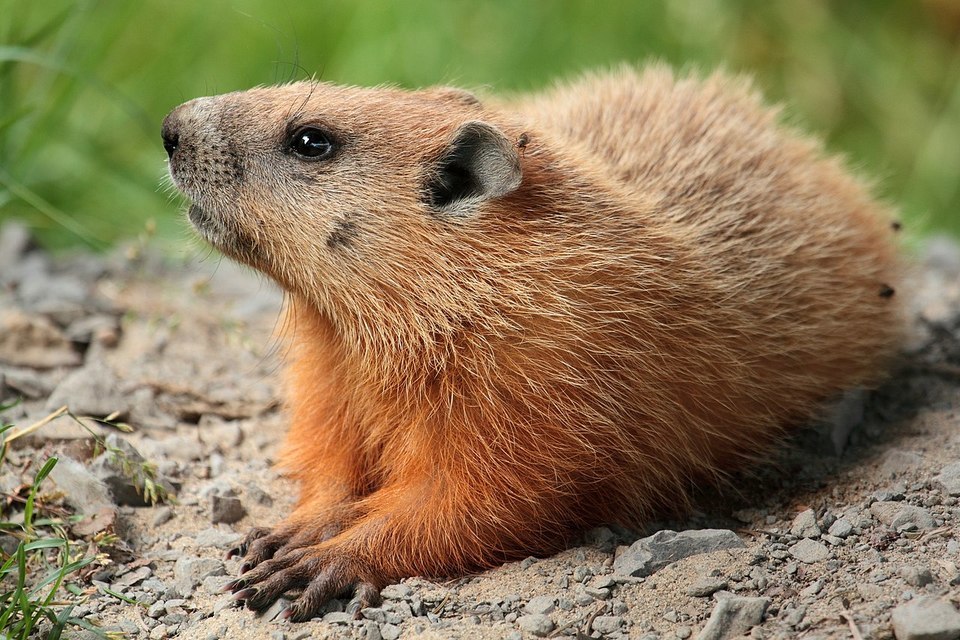Just Your Average Weather Predicting Groundhog
2018-02-10 15:34:29.000 – Taylor Regan, Weather Observer
One week ago at Gobbler’s Knob in Punxsutawney, Pennsylvania, a spritely groundhog by the name of Phil scurried out of his cozy tree-trunk home, saw his unsightly shadow, and proclaimed the impending extension of winter by a terrifying six weeks. How accurate is a groundhog at predicting the end of winter? And where did this arguably equal parts bizarre and endearing tradition come from?
February 2nd, Groundhog Day, dates back in its significance to the ancient celebration of the midway point between the winter solstice and the spring equinox. The Celts originally celebrated the day as Imbolc, which marked the beginning of spring. Later, as Christianity spread through Europe, the celebration evolved into a day called Candlemas. Belief held that if the day of Candlemas was sunny, it foretold of another 40 days of cold and snow.
The German people took this belief on step further, proclaiming the day could only be considered sunny if small animals such as badgers were able to see their shadow. As German immigrants made their way to Pennsylvania in the 18th and 19th centuries, they brought this tradition with them, favoring the native groundhog as the source of their springtime proclamation.
 Image from Wikipedia.
Image from Wikipedia.The first Groundhog Day celebration took place in 1887, the idea of newspaper editor Clymer H. Freas. As the story of “Punxsutawney Phil’s” predictive prowess propagated, the nation became enraptured with the rodent, and the day became etched in American history.
So, how does the prophesizing groundhog fair upon making his prediction? Not too well, I’m afraid. He averages just about 38% percent accuracy when looking back at each yearly verdict since 1887! While we don’t forecast the length of winter up here on the summit, if you’re heading out and about in the White Mountains, or just find yourself curious about the weather, check out our 48 hour higher summits forecast! It’s produced twice daily at 5 am and 5 pm, and can be found on our website at mountwashington.org/forecast.
Taylor Regan, Weather Observer
Team Flags Return for Seek the Peak’s 25th Anniversary
Team Flags Return for Seek the Peak's 25th Anniversary By MWOBS Staff Mount Washington Observatory is looking forward to continuing a much-loved tradition for Seek the Peak’s 25th Anniversary: Team flags. In inviting teams
Meet Summer Interns Zakiya, Max and Maddie
Meet Summer Interns Zakiya, Max and Maddie By MWOBS Staff We are excited to welcome six teammates to the summit of Mount Washington this summer! During their internship, these students and graduates will play
Saying Goodbye to the Summit
Saying Goodbye to the Summit By Alexis George After an extraordinary last three years working as a Weather Observer and Meteorologist, I am excited to pursue a different career. As sad I as am




